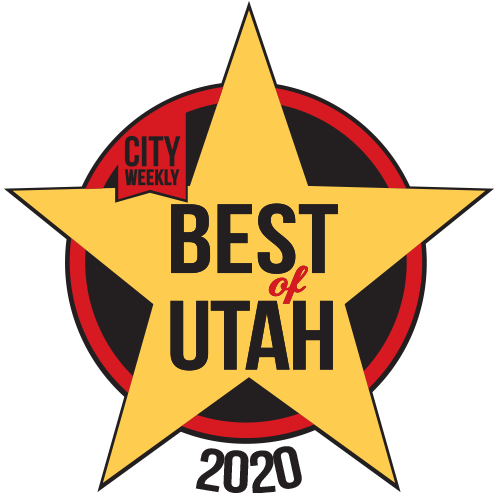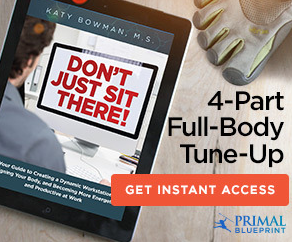
One of the biggest areas of poor strategies and body confusion is at the core. The core is an area of the body that has a lot of hype. Fitness pros are making bank teaching people how to strengthen their core to look ripped and lean. Unfortunately a "fit looking" core doesn't mean it is a functional core.
The Core
Understanding how the core works
In an ideal world, when we are at rest whether sitting or in standing, all of our muscles should be at their resting length. Muscles can generate the greatest amount of force at their resting length: not too short, or not too long.
- Holding in abs: When we are holding are abs in all the time, the muscles are already contracted in the shortened position. When the body moves and the muscles are required for support, there is not adequate movement (because it is already shortened) to generate the greatest force. That means that the smooth orchestration of timing, coordination of the muscles have also been glitched. Misuse of the core happens and compensations result. Holding in the abdominals also increases pressure in the system: upward toward the diaphragm or downward toward the pelvic floor. These pressures and tensions can affect digestion/GERD, menstruation, organ prolapse, abdominal wall separation/hernias.
- Barely breathing: Many people breathe shallow, with minimal diaphragm movement and mostly upper chest and neck movement. This does not allow for the natural active range of motion that should happen with each breath. On the inhale the diaphragm shortens, pushing downward to make room for the lungs to fill with air. As the diaphragm shortens, the abdominals and the pelvic floor oppose by lengthening. Then on the exhale, the abs and pelvic floor shorten and the diaphragm goes back to its resting length. This movement allows for blood flow, oxygen delivery, optimal muscle function and management of internal pressures. Shallow breathing can lead to a hyper-ventilatory state which can present as: increased tension, aches and pains, poor concentration and weird sensations in the body (numb, tingling).
The First Step to Strengthening Core:
Know your core: 1) stop holding your core tight all the time (that includes wearing spanx) and 2) learn how to let your core move during breathing.













 RSS Feed
RSS Feed